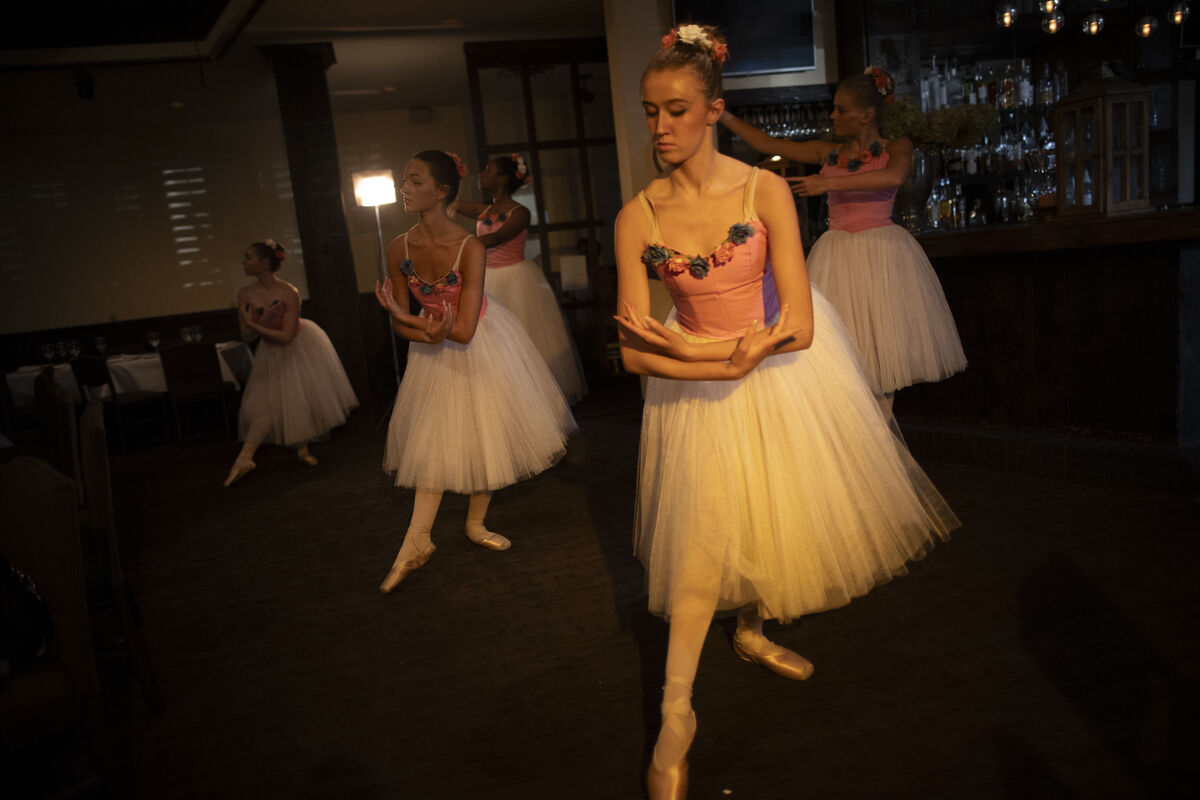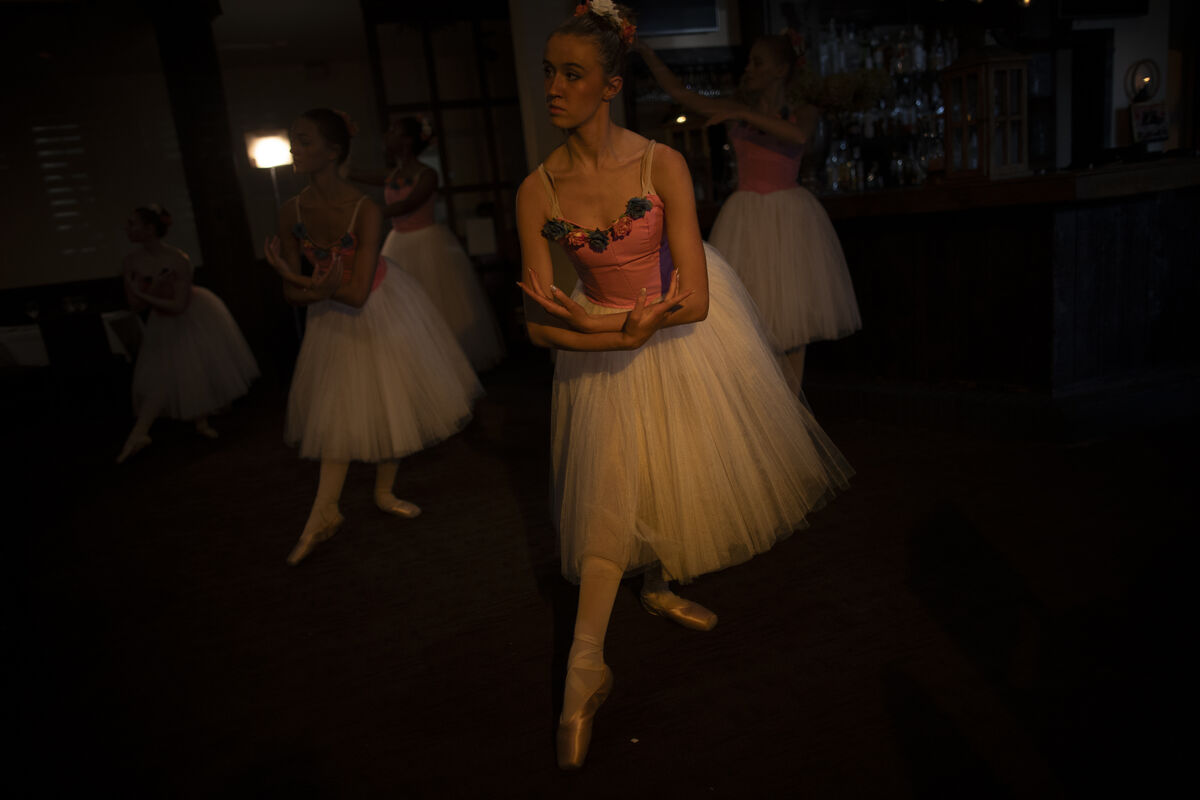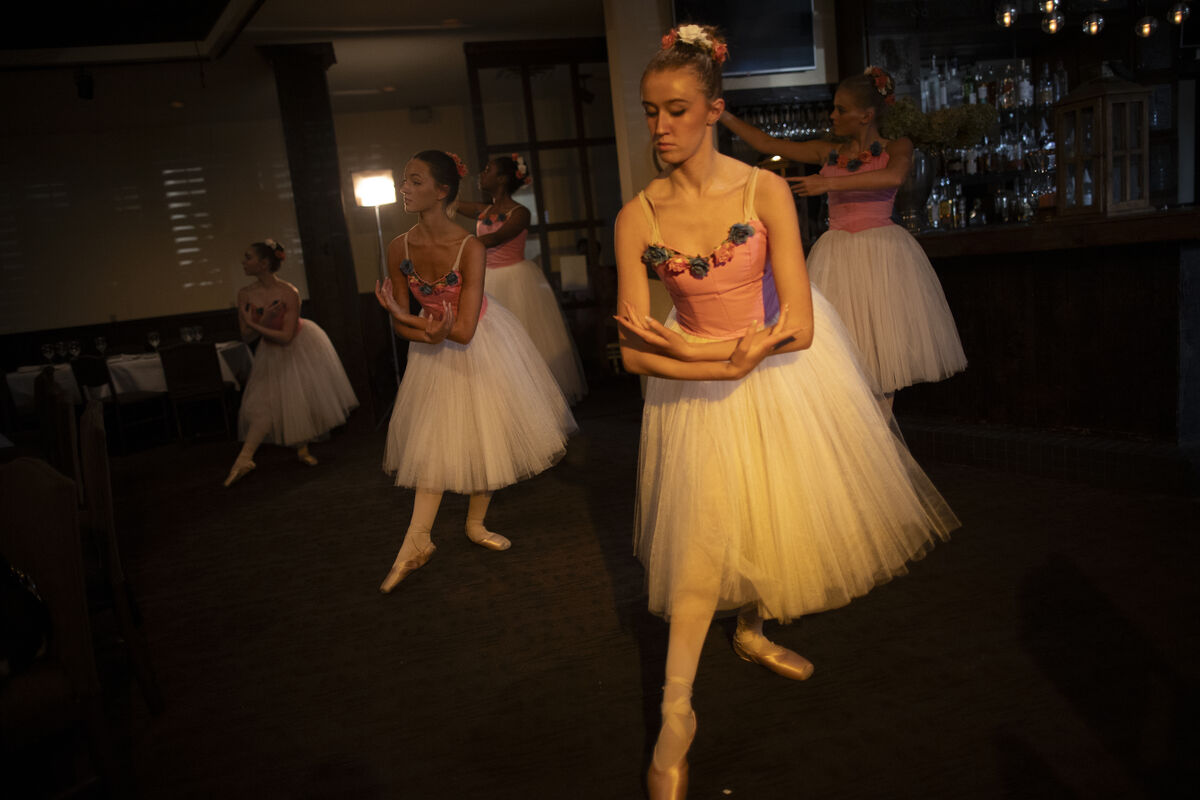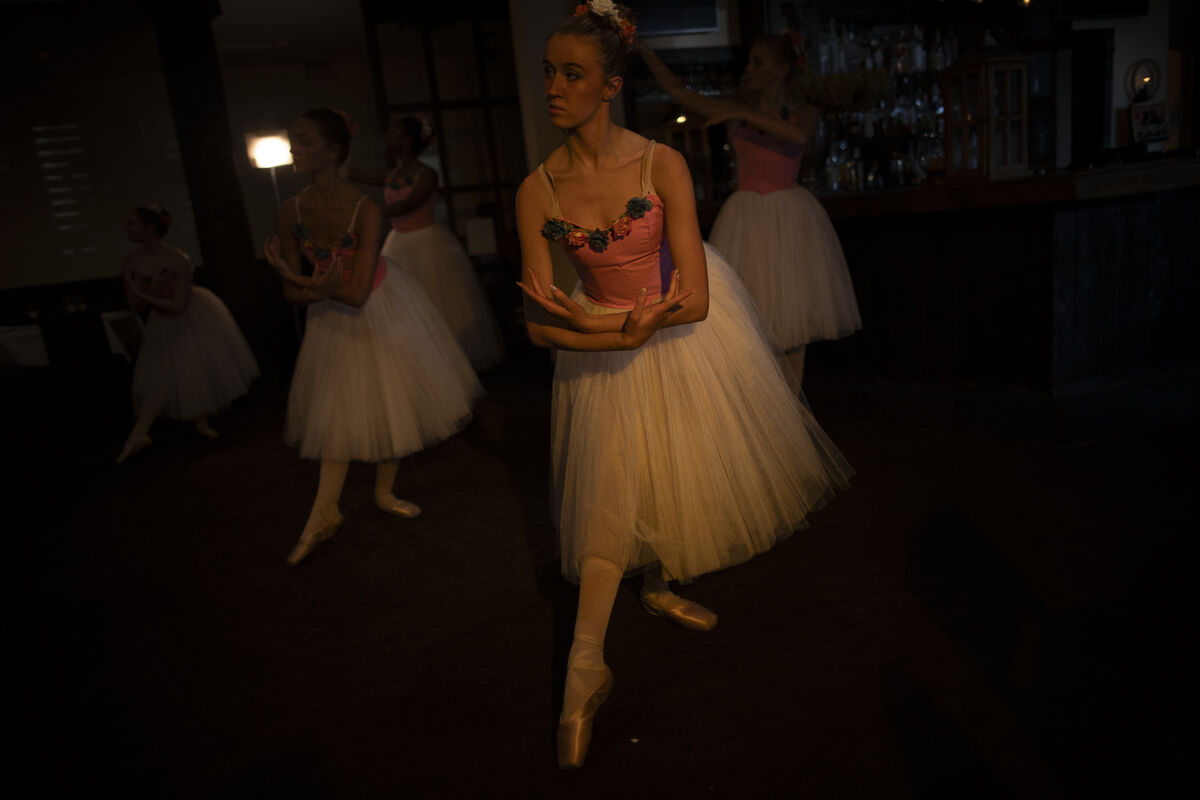What is a normal variance for ISO when set to "Auto" and scene is essentially the same from exposure to exposure?
Sep 26, 2023 08:03:51 #
DPP4 revealed that a Canon 1DX Mark III and a 24 mm L series lens on the same indoor scene, with the same lighting, within 2 seconds, and with Auto-ISO set to "on", varies the ISO from 1000 to 2500. Is that a normal ISO swing for that camera? A Canon support person said it was normal. I don't agree with that assessment. Before I send it in for repairs, I would like to hear what the UH community has to say. Thanks in advance! Part 2: Could a lens malfunction contribute to the change?
Shooting Mode Manual Exposure
Tv(Shutter Speed) 1/350
Av(Aperture Value) 1.8
Metering Mode Spot Metering
Exposure Compensation -2
ISO Speed 500
Auto ISO Speed ON
Lens EF24mm f/1.4L II USM
Focal Length 24.0mm
Shooting Mode Manual Exposure
Tv(Shutter Speed) 1/350
Av(Aperture Value) 1.8
Metering Mode Spot Metering
Exposure Compensation -2
ISO Speed 500
Auto ISO Speed ON
Lens EF24mm f/1.4L II USM
Focal Length 24.0mm
Sep 26, 2023 08:19:42 #
I'll guess due to spot metering and change in composition.
The "light" the spot meter sees differs depending on what item it is metering.
Dark item, light item, medium item can be very different exposures for that spot.
The amount of variance depends on the measured light difference for what the spot is on.
There is no "normal" as it depends on the light under the spot.
The "light" the spot meter sees differs depending on what item it is metering.
Dark item, light item, medium item can be very different exposures for that spot.
The amount of variance depends on the measured light difference for what the spot is on.
There is no "normal" as it depends on the light under the spot.
Sep 26, 2023 08:25:47 #
Sep 26, 2023 08:39:01 #
Longshadow wrote:
I'll guess due to spot metering and change in composition.
The "light" the spot meter sees differs depending on what item it is metering.
Dark item, light item, medium item can be very different exposures for that spot.
The amount of variance depends on the measured light difference for what the spot is on.
There is no "normal" as it depends on the light under the spot.
The "light" the spot meter sees differs depending on what item it is metering.
Dark item, light item, medium item can be very different exposures for that spot.
The amount of variance depends on the measured light difference for what the spot is on.
There is no "normal" as it depends on the light under the spot.
I think I would agree with that assessment. I used to use spot metering in many of my photos but have now widened the area metered. The newer cameras seem to be very good at metering small areas in the photo frame. I also noticed a wide ISO variance when using AUTO ISO and spot metering. Moving the spot just a few feet often changed the ISO a good bit. Unless the subject is quite small and needs to be directly metered, I now use a wider metering range which resulted in better results.
Sep 26, 2023 10:01:04 #
tillmanb wrote:
DPP4 revealed that a Canon 1DX Mark III and a 24 m... (show quote)
For any relevant discussion, you'd have to present at least two example images, storing the files, not your theories about how the camera operates. If you don't like how AUTO-ISO works, don't use it. If you'd held the camera at ISO-1000, then you'd likely see the 1.3-stop difference in the images where the meter felt ISO-2500 should be used for the same exposure. If you'd provided the images with the EXIF intact, the community likely could point to the differences in the lighting, or other factors.
If you send the body to Canon, consider whether you'd better waste your money just taking that same amount and flushing it down the toilet. As others have noted, spot-metering used a very small percentage of the image frame to determine the exposure. You might consider Evaluative Metering and see if the AUTO-ISO results behave differently, if not also adding & storing examples as a reply to this thread.
Sep 26, 2023 10:01:15 #
tcthome
Loc: NJ
I don't know about your camera but my Nikon D810 does it with Auto ISO. About a month ago I took a few photos of a fly Egret against a clear blue sky with no clouds. The first photo had a perfect exposure & the next 2 photos went dark from the camera choosing a lower iso. Go figure, does that sometimes. I was using Matrix Metering. I was thinking of trying Center weighted Metering for a while in some situations. Assuming I could keep the subject in the center of the frame???
Sep 26, 2023 10:51:36 #
Sep 26, 2023 11:00:10 #
tillmanb wrote:
Thanks! I won't send it to Canon. I will post two photos as suggested.
I think you need to enable Downloads for the images to be useful. I suggest reloading them but this time click Store Image.
Sep 26, 2023 11:08:43 #
tillmanb wrote:
Thanks! I won't send it to Canon. I will post two photos as suggested.
I think we'll find something and be able to help, but you need to store the attached files.

Sep 26, 2023 11:19:10 #
tillmanb wrote:
Thanks! I won't send it to Canon. I will post two photos as suggested.
My 2 cents. This scene has a very wide dynamic range (maybe 12 stops). The difference between ISO 1000 and 2500 is small (approx 1.3 stops). How and where were you metering? Doesn't look like the dancers moved but did your metering waver even a little? Just look at the difference you'd get if you metered the dancer's torso versus her skirt. To best capture a scene like this you may want to take multiple shots with exposure bracketing. As was said before, there is no "normal" because there are too many different factors to consider in different scenes.
Sep 26, 2023 11:20:47 #
Sep 26, 2023 11:25:45 #
one_eyed_pete wrote:
My 2 cents. This scene has a very wide dynamic ran... (show quote)

If the metering was Center Spot, look at what is at the center of each image. Different luminosity.
Sep 26, 2023 11:32:24 #
IMHO, spot metering was your main culprit. If that spot moved , even a little, then the exposure can easily change. You can only talk about this if you are doing wide-evaluative metering mode.
Simple as that, really
Cheers and best to you.
Simple as that, really
Cheers and best to you.
Sep 26, 2023 11:34:47 #
Alas, the LR export strips the relevant Canon EOS EXIF, where we might see the active AF point. Instead, we can just inspect the image and see one is in focus on the nearest dancer, the darker image, and the other image seeming on a dancer in the background.
The camera is set to -2 EC. Check to see if you've linked the spot metering to the active AF point. Metering the more distant dancer might explain what seems like the brighter (ISO-2500) image.
The camera is set to -2 EC. Check to see if you've linked the spot metering to the active AF point. Metering the more distant dancer might explain what seems like the brighter (ISO-2500) image.
Sep 26, 2023 11:47:02 #
If you want to reply, then register here. Registration is free and your account is created instantly, so you can post right away.







